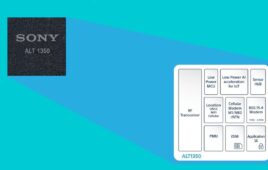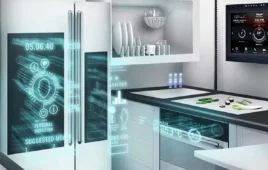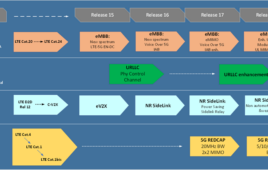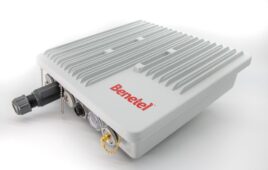Best Buy today announced plans to bring its location-based retail experiment, the “Shopkick” mobile application rewards system, to 257 U.S. stores by Oct. 1. Shopkick examines the ways in-store shoppers value and redeem offers and rewards through their smartphones.
Under the current plans, the Shopkick will be functional by Aug. 17 in 187 Best Buy stores in the San Francisco, Los Angeles, San Jose, New York City and Chicago markets, with an additional 70 stores in Dallas, Minneapolis-St. Paul and Miami markets launched by Oct. 1.
“We intend to explore ways we can use the power of location-based technology to personalize a Best Buy shopping experience, from check-in to check-out, with rewards and offers delivered right on a customer’s smart phone,” said Matthew Smith, vice president, marketing services, Best Buy, in a statement.
Best Buy customers can download the free Shopkick mobile application for their smartphone. The app for iPhone is scheduled to be available Aug. 17 on the App Store, followed by apps for additional Android-based smartphones. When the app is open on the customer’s phone, it detects the Shopkick Signal technology installed in the store as the customer walks through the door. The customer then receives rewards, called “Kickbucks,” which can be accrued over time, then redeemed in the store or converted into Best Buy certificates through a user’s Shopkick account.
Additionally, Best Buy has integrated Shopkick directly into its point of sale (POS) system to streamline the redemption of special in-store offers and/or added bonuses for scanning barcodes of specific products, all of which will be sent to the user’s phone. Customers provide cashiers with the mobile phone number connected to their Shopkick account, and any applicable personalized discounts immediately appear on their receipt.
Unlike traditional GPS location-based services that require a shopper to “check in,” and offer an accuracy radius of 100 to 1,000 yards (within a block or two), the Shopkick Signal technology requires no consumer check in and detects that a user is truly present in the retail location.
Best Buy said it intends to run a series of promotions and offers through the stores participating in the experiment, as variables to determine how much customers value the experience.




